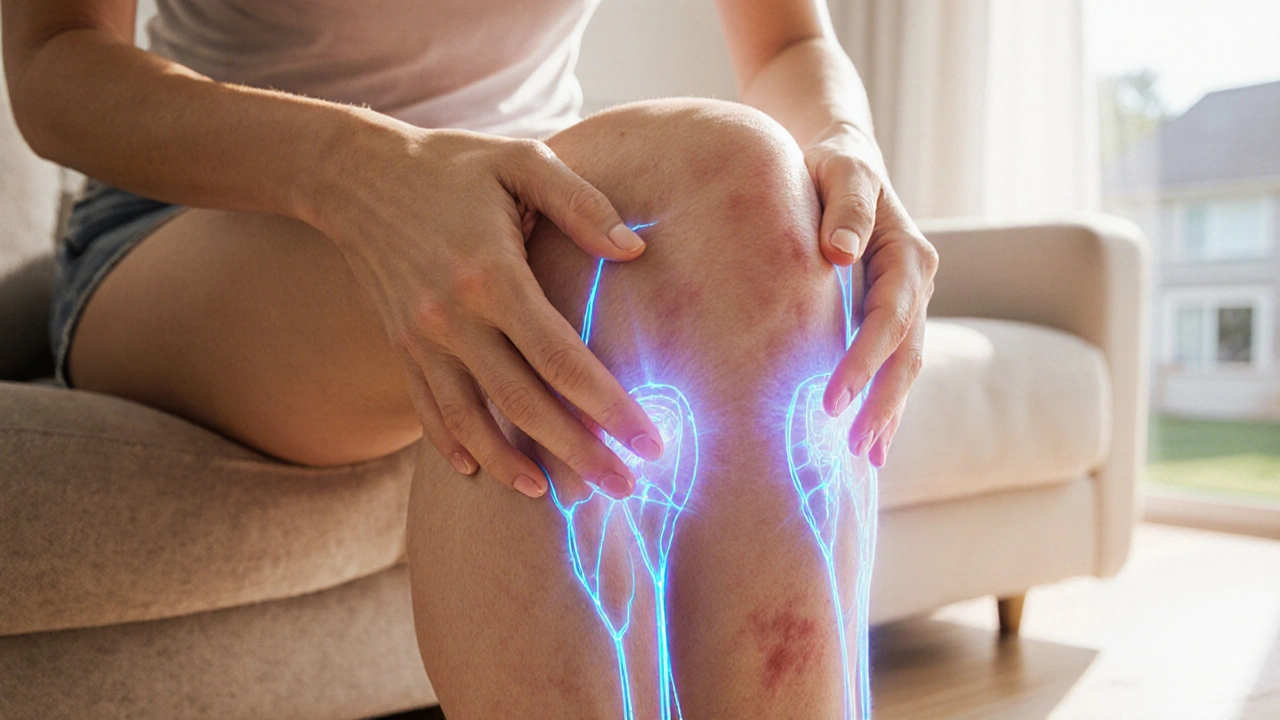Learn the key differences between osteoarthritis and rheumatoid arthritis, plus other common types like gout and psoriatic arthritis. Understand symptoms, causes, and why correct diagnosis matters for treatment.
Joint Pain
When dealing with joint pain, discomfort, stiffness, or swelling in the connections between bones. Also known as arthralgia, it often signals an underlying issue that needs attention.
One of the biggest contributors is osteoarthritis, the wear‑and‑tear degeneration of cartilage that cushions joints. This condition encompasses gradual loss of joint space, leading to friction and pain. Another major player is rheumatoid arthritis, an autoimmune attack on the lining of joints that sparks chronic inflammation. Both diseases require anti‑inflammatory strategies to break the cycle of swelling and pain. Inflammation itself influences the severity of joint pain by releasing chemicals that sensitize nerves. Because of this link, many clinicians prescribe pain relief medication, drugs such as NSAIDs, acetaminophen, or topical agents that target the inflammatory pathway to calm symptoms and improve mobility.
What drives joint pain and how to manage it
Understanding the root cause helps you pick the right tool. If osteoarthritis is the culprit, weight management, low‑impact exercise, and joint‑friendly supplements often provide lasting relief. For rheumatoid arthritis, disease‑modifying drugs, regular rheumatology visits, and early intervention can stop joint damage before it starts. Lifestyle tweaks—like staying active, protecting joints with proper footwear, and using heat or cold therapy—work for most types of pain. When pain spikes, short‑term use of NSAIDs can reduce inflammation, but long‑term plans should involve a balanced approach that includes physical therapy and, when appropriate, prescription options. Below you’ll find a curated set of articles that dive deeper into each condition, compare medication options, and share practical tips you can apply right away.
Explore how joint pain signals arthritis, learn the differences between osteoarthritis and rheumatoid arthritis, and discover practical steps to manage symptoms and protect joint health.


